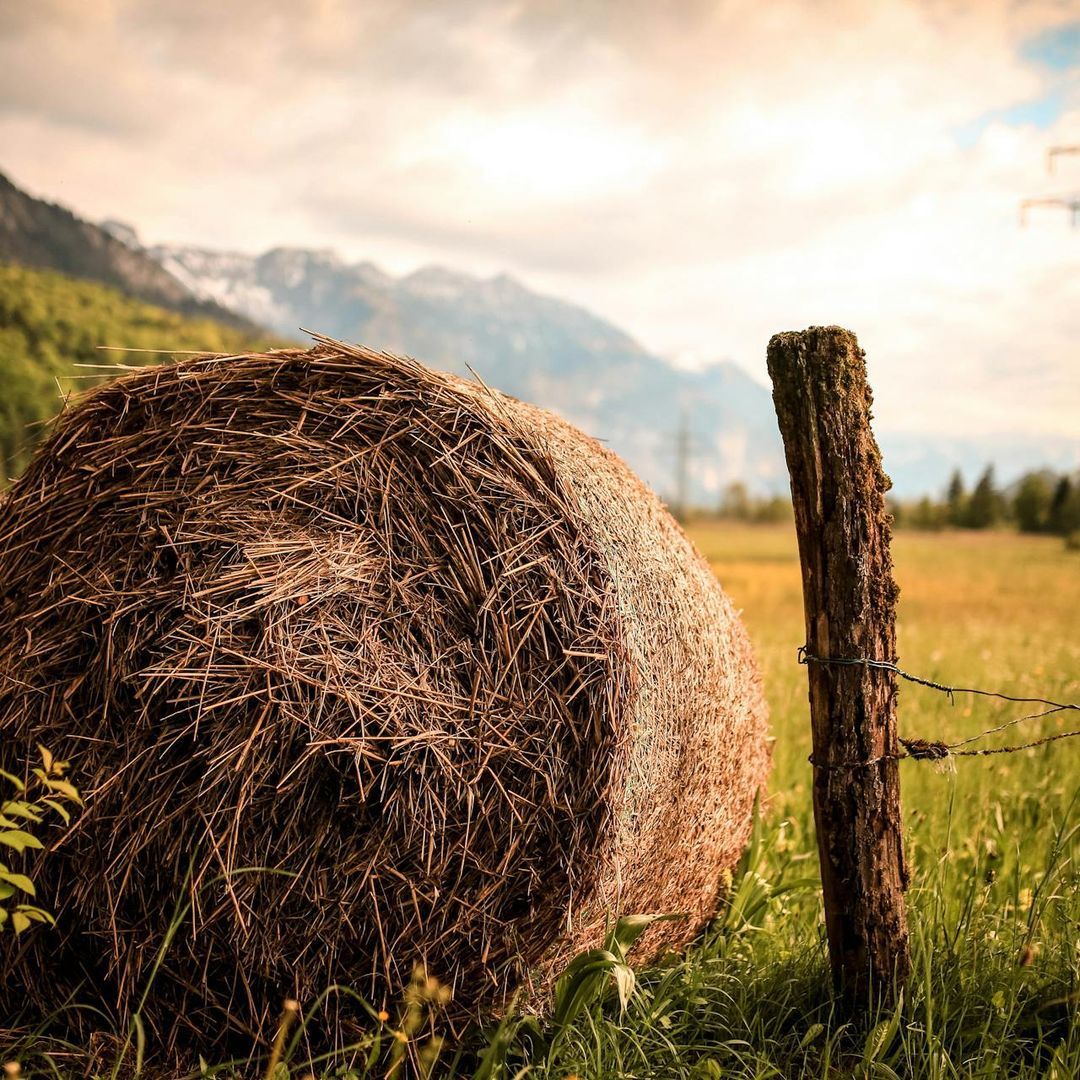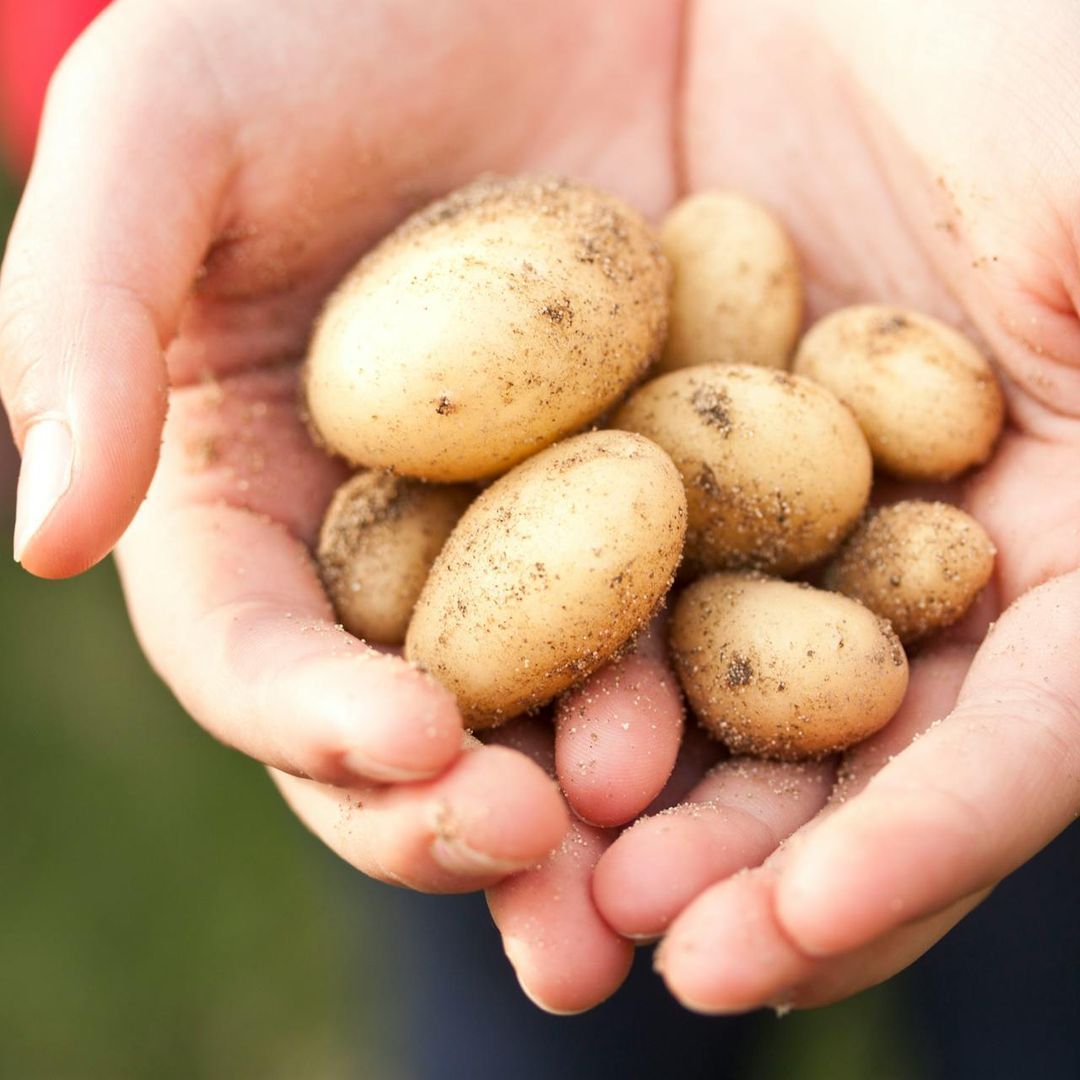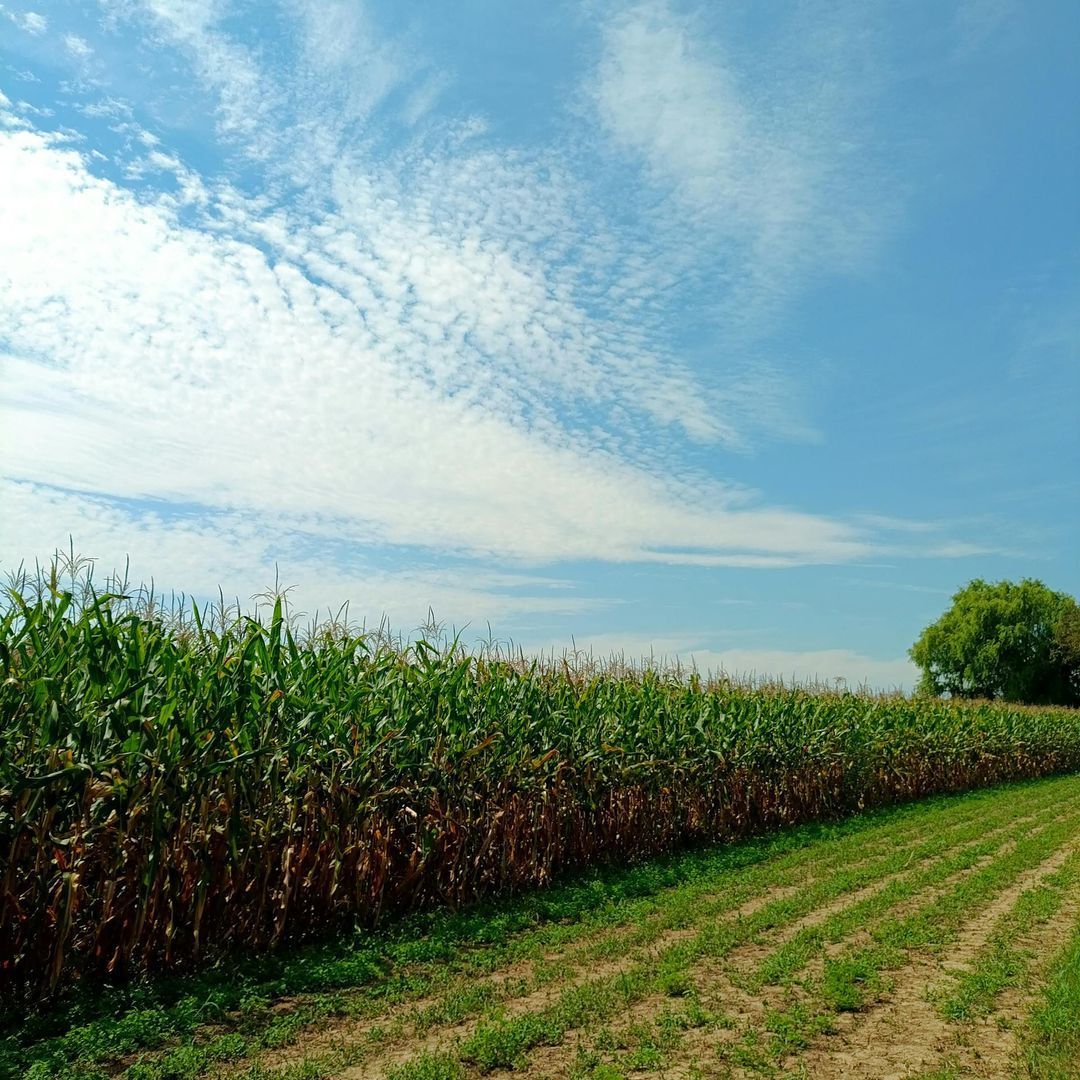Sustainable agriculture: the future of global food production

In recent decades, the world has faced an unprecedented challenge: meeting the food needs of a growing population without compromising the environment. The United Nations estimates that by 2050, the world population will reach nearly ten billion people, increasing pressure on already scarce resources such as soil and water. Sustainable agriculture represents the most concrete response to this crisis, offering innovative solutions that protect the planet and improve the quality of life for farmers.
What is sustainable agriculture and why is it important?
Sustainable agriculture is based on a core principle: producing food responsibly, respecting natural resources, and ensuring economic and social sustainability. This model aims to reduce the use of chemical fertilizers, preserve biodiversity, and optimize water and soil use. For example, many companies are experimenting with agroforestry, a practice that integrates trees and crops to improve soil fertility and capture CO₂. A prime example is Sustainable Harvest, a company specializing in the coffee supply chain that helps smallholder farmers cultivate regeneratively, offering training and access to markets. This approach has reduced farmers operating costs and increased crop yields.
Technological innovations: the key role of science

Technology is one of the pillars of sustainable agriculture. Precision agriculture, for example, uses IoT sensors, drones, and data analytics to monitor crops and optimize the use of resources such as fertilizers and water. John Deere, a global agricultural machinery manufacturing giant, has introduced GPS tracking systems and artificial intelligence to manage crops with pinpoint precision. This has led to a 20% reduction in pesticide use on many farms. Another innovation is vertical farming, used by companies like Plenty in the United States. Thanks to this technology, crops are grown in closed, controlled environments, using 95% less water than traditional methods and producing crops 365 days a year. However, one of the main limitations of this technique is the high initial cost of the infrastructure, making it difficult for small producers to afford it.
The economic and environmental impact: benefits and challenges
Adopting sustainable practices brings tangible benefits. Reducing the use of chemical inputs not only improves soil quality but also saves farmers money, increasing long-term profitability. Furthermore, improving irrigation techniques can save up to 70% of water, a crucial aspect in drought-stricken regions. However, the path to sustainability is not without obstacles. The most advanced technologies often require significant upfront investments. For example, adopting IoT sensors and precision agriculture software can be prohibitively expensive for many farmers in developing countries. Furthermore, a lack of technical training and government support hinders the diffusion of these practices.
Concrete examples: companies that drive change

Among the leading companies in the sector is Patagonia Provisions, which promotes regenerative agricultural practices for sustainable food production, collaborating with local farmers to reduce the environmental impact of crops. Another example is EIT Food, a European organization that supports innovative startups like Better Origin, which specializes in using insects to create sustainable and nutritious feed for livestock. There are also virtuous examples in Italy. Novamont, a pioneer in the bioplastics sector, uses agricultural byproducts to develop biodegradable materials, demonstrating how the circular economy can seamlessly integrate with sustainable agriculture. However, their model still faces challenges due to high production costs compared to traditional alternatives.
A call to professionals: how to contribute to the transition
The future of sustainable agriculture also depends on the professionals and companies operating in the sector. Agronomists, planners, and entrepreneurs have a key role in promoting and implementing innovative technologies. At the same time, policymakers must develop regulations that encourage investments in sustainable practices, while financial institutions should facilitate access to credit for farmers wishing to modernize their operations.

gourmet
Data di inserimento 01 dic 2024
Report article


Comments
There are no comments yet.